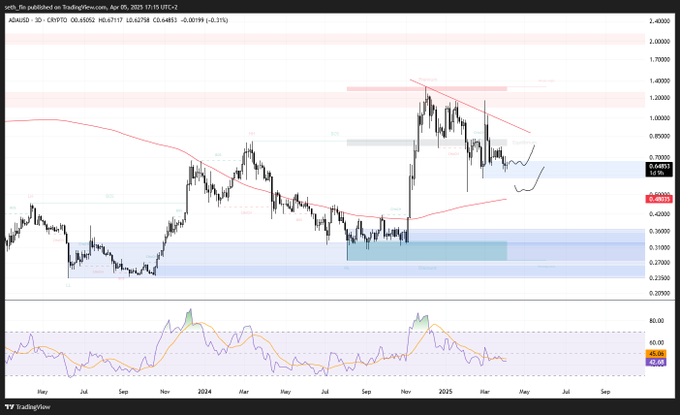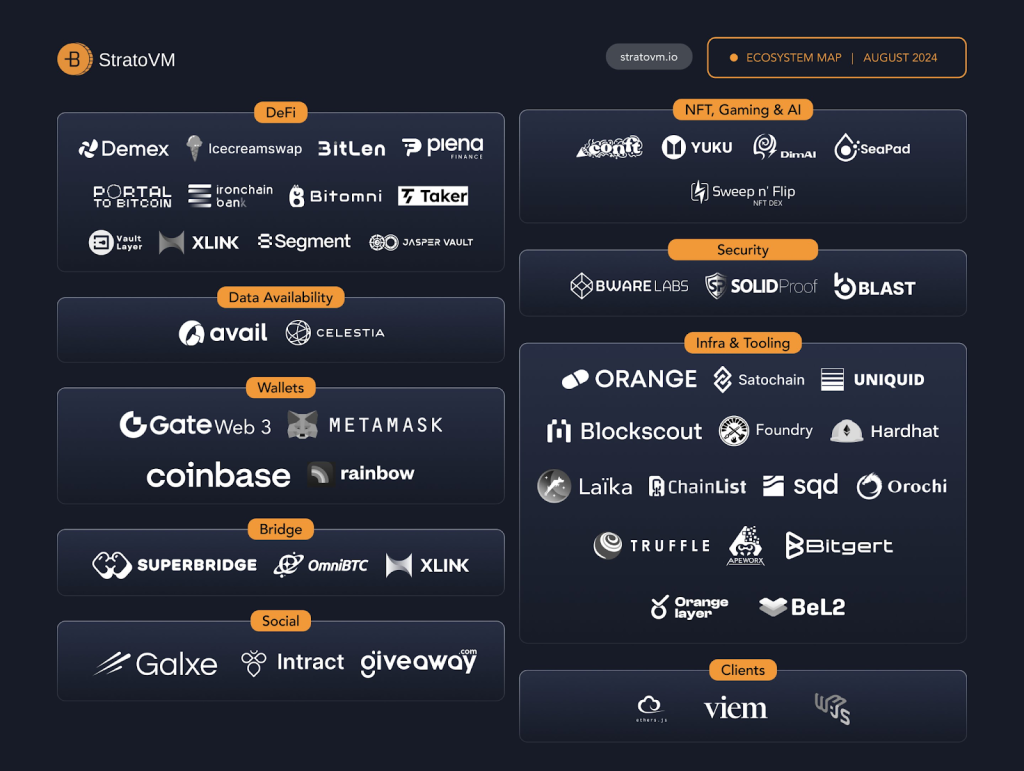
Cardano price is nearing a key technical milestone that may signal a shift in its price momentum. The cryptocurrency, currently priced at $0.6484, has shown a 2.45% decrease in the last 24 hours. However, technical indicators suggest that ADA price is heading towards its first “death cross” of 2025.
Cardano Technical Indicators Point to Bearish Momentum
Cardano’s recent price action suggests that the 50-day simple moving average (SMA) is likely to cross below the 200-day SMA in the coming days. This crossover, known as the death cross, is typically seen as a bearish signal. As per our recent Cardano price analysis, should the death cross occur, ADA could dip 25%.

At the time of writing, the 50-day SMA stands at $0.74, while the 200-day SMA is at $0.734. As the 50-day SMA continues to decline, it indicates that the short-term momentum of Cardano is underperforming compared to its long-term trend. A death cross often leads to a further decline in price, although the extent of the drop can vary.
Despite the approaching death cross, it is important to note that such technical indicators are not always reliable predictors of future price action. While historical patterns may provide insight into market sentiment, they do not guarantee that prices will follow the same trajectory. This means that ADA price could experience a reversal even after the death cross forms, depending on other market factors.
Recent Price Trends and Market Conditions
ADA price has seen a notable decrease in Cardano price over the past week, with a 7.67% drop. After peaking at $1.19 in early March 2025, the coin has struggled to maintain its momentum, particularly as broader market concerns weigh on investor sentiment.
On top of this, Cardano’s trading volume has been decreasing. The daily trade volume has dropped by 58.72%, with just under $394 million traded in the last 24 hours. A decrease in trading volume typically suggests that market participants are losing interest or that there is waning demand for ADA.
Despite these challenges, there have been some positive developments surrounding Cardano. Charles Hoskinson, the co-founder of Cardano, recently confirmed that Ripple’s RLUSD stablecoin would be launching on the Cardano network. This news was met with some optimism, sparking interest in ADA. Additionally, Hoskinson teased the possibility of Cardano playing a role in Bitcoin’s decentralized finance (DeFi) ecosystem. These announcements could potentially help Cardano regain momentum, but for now, the technical indicators suggest a cautious outlook.
What Could Happen Next for ADA Price?
As Cardano approaches the death cross, the primary question is whether the price will continue its downward trend or if there will be a reversal. The chart shows a pattern of consolidation, with ADA price action fluctuating within certain support and resistance zones.
According to crypto analyst Seth fin, strong support is seen around the $0.6000–$0.6500 range, while resistance lies near the $0.7000–$0.7500 levels. If ADA fails to break through the resistance, the price could continue its decline towards these support zones.
One potential scenario is that price could experience a bounce if the Cardano price holds at these support levels, particularly the $0.6000 zone. This would signal that the market is still interested in buying ADA at lower prices. On the other hand, if the price fails to hold these support zones and breaks below them, further downside may follow, potentially leading to a retest of lower support zones in the $0.3000–$0.4000 range.
The post Cardano Approaching First Death Cross: What’s Next for ADA Price? appeared first on CoinGape.







